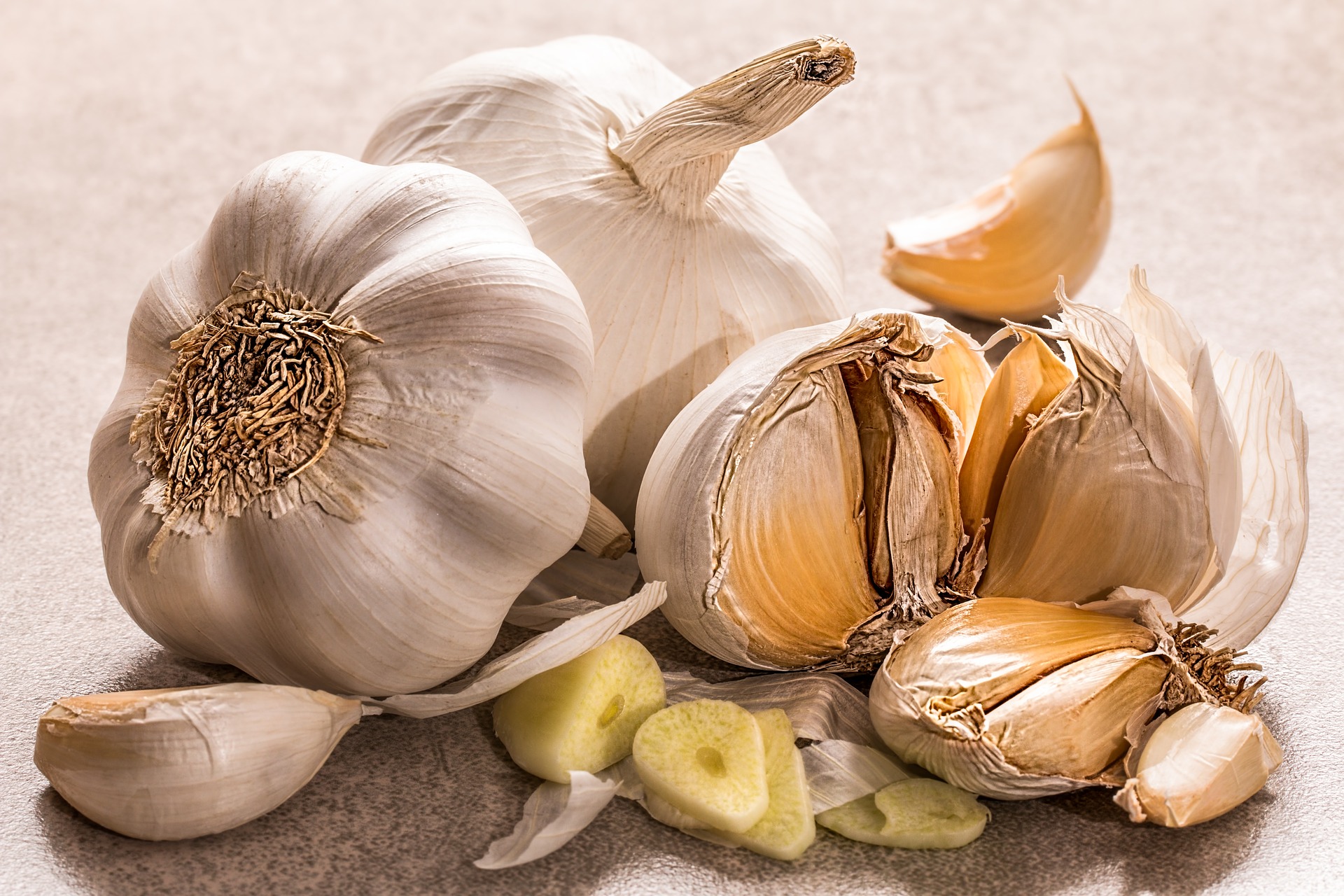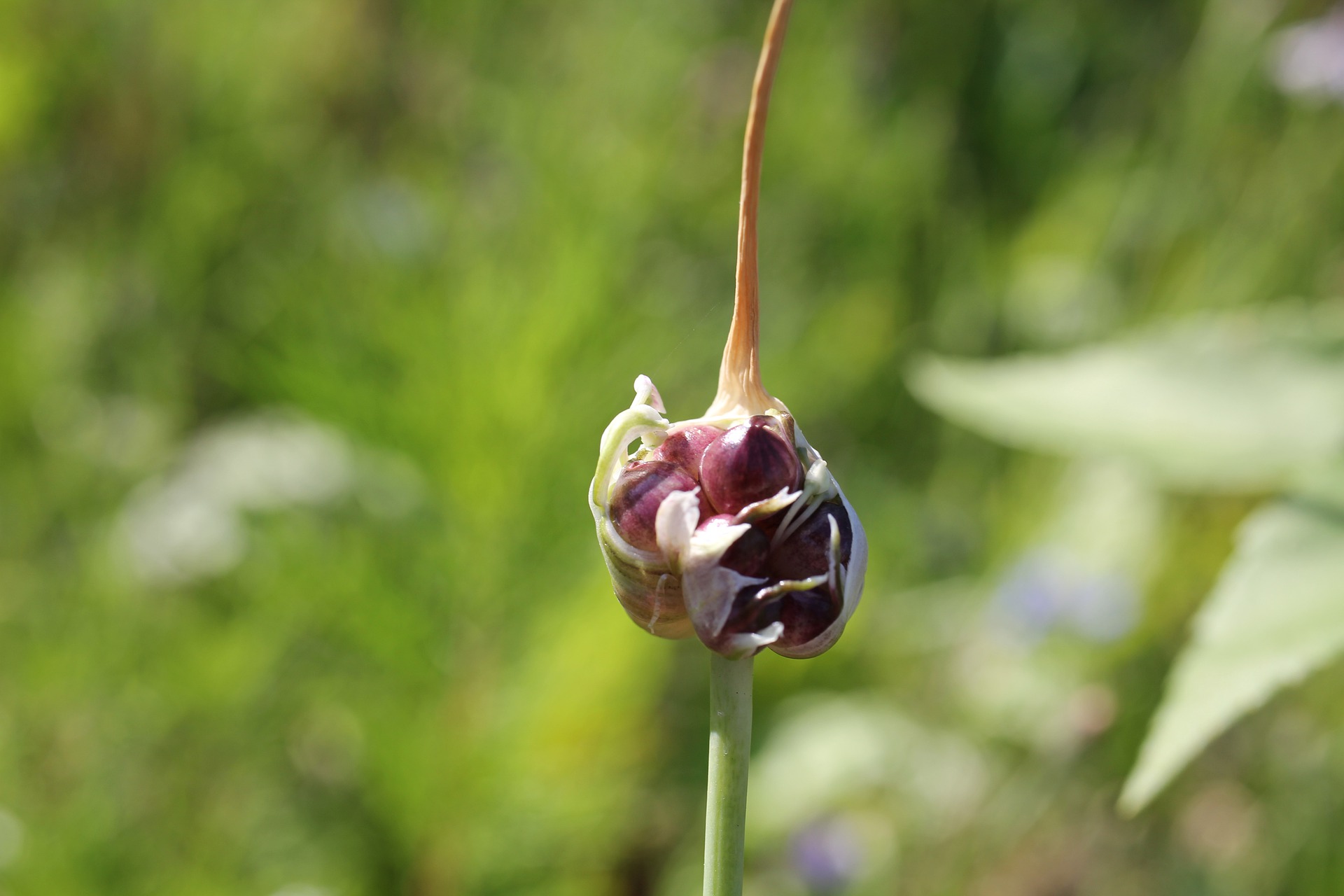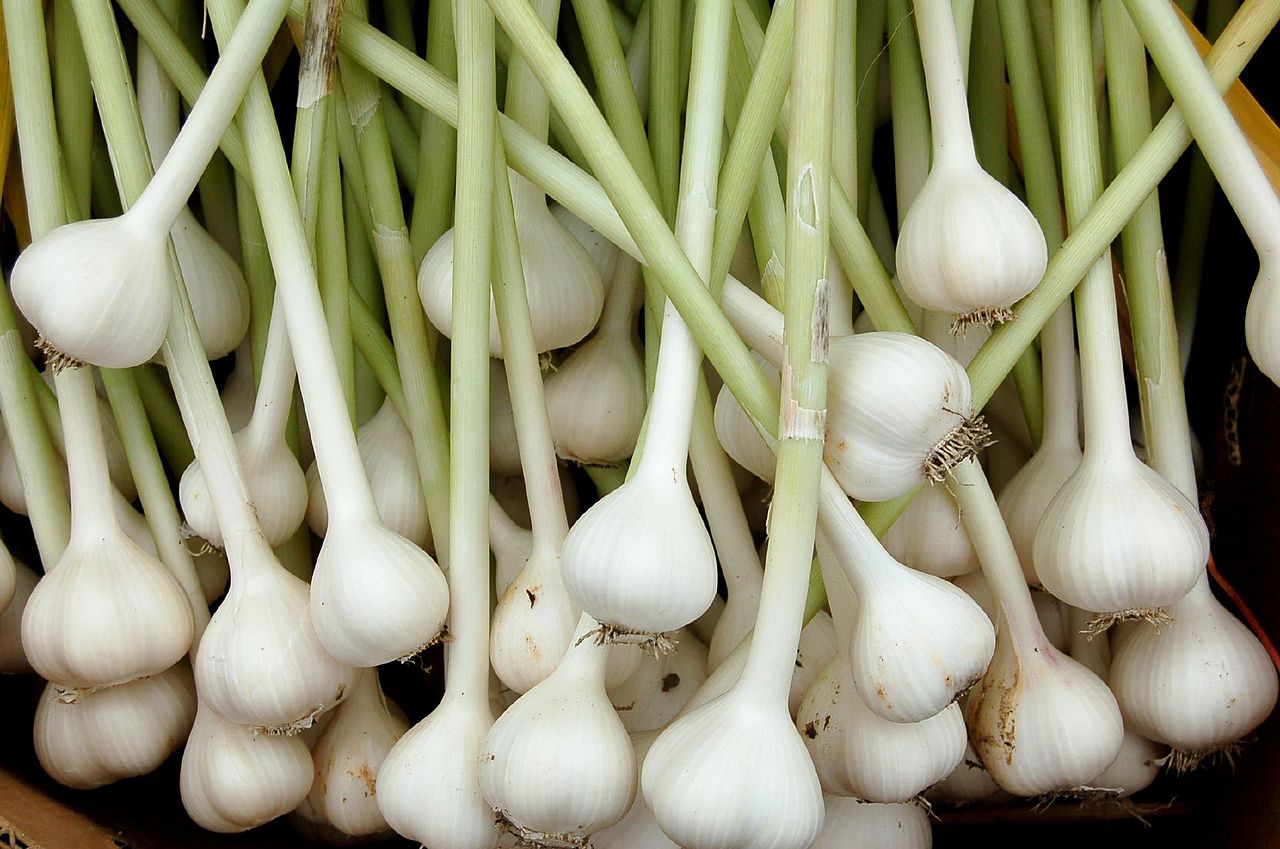Garlic: The Pungent Herb!
Garlic (Allium sativum) is closely related to the family of onions, leeks, shallots and chives.
The term ‘garlic’ is believed to be of Anglo-Saxon origin, derived from garleac which means ‘spear leek’, referring to the shape of its leaves. Also known as ‘the stinking rose’, this pungent herb is one of the oldest cultivated plants. It can be traced to 5000 years ago, all the way to the Egyptians. They used to bury garlic bulbs in tombs to assist the journey of the departed souls. Some believe it was to appease the Gods, while others say it was intended as funds for the departed person’s afterlife. From these legends, it is obvious that there was more to garlic than its culinary properties.
The current levels of worldwide consumption of garlic are enormous. The Asia-Pacific itself occupies about 90% share of the global market of garlic! In the olden times, garlic played an important role in popular superstitions and was believed to ward off evil. It was, however, considered beneath the refined taste of the upper class. Numerous legends and narratives surround this theory. The Greeks had to pass a garlic breath test before entering a temple; the English deemed it totally unsuitable for refined young ladies and gentlemen; the Indians belonging to the upper crest kept their distance from this herb, and until the 1940’s the Americans who had taken a leaf out of the Englishmen’s book stayed away from it. While on the one hand it was rejected by the elite, on the other it finds a place in several major texts of the world. It finds mention in ancient scriptures of the Egyptian, Greek, Indian and Chinese as well as in the Bible, Talmud, and Quran.
Cultivation
So, where does the pungency of garlic come from? It is basically a chemical reaction that occurs when raw garlic cells are broken. It is most intense immediately after cutting or chopping. Once it is cooked, this smell diminishes. This is the reason why smoked garlic acquires a sweet and nutty flavour. Garlic is a widely cultivated crop throughout the world. It grows from individual cloves that are broken off from the bulb. These cloves multiply in the ground and go on to form a new bulb. Each bulb has about 7 to 15 cloves. The plant grows to about 4 feet and it has a very short and disk-shaped stem that forms at the base of the plant. The root is located at the base of the bulb. A typical garlic plant under the right conditions takes about 9 months to mature. The bulbs are ready to harvest when the leaves begin to turn brown and the flower stems begin to soften. To get bigger bulbs, larger cloves should be used for planting. This plant requires care by way of mulching, watering, and weeding. Being a natural pest repellent, insects and pests stay away. The bulbs are to be properly dried for storage. Moist conditions and refrigeration are unsuitable for proper storage. The drier the bulbs, the better the flavour. Some of the large, healthy and well-formed bulbs are kept aside for replanting.
Uses
One of the healthiest foods on earth today, garlic is the go-to herb for ailments ranging from ominous cancer to cholesterol and blood pressure. Garlic is also a veritable storehouse of vitamins, trace minerals, fibre, and various amino acids. In addition to its antioxidant, antiviral, and antimicrobial properties, garlic when consumed regularly works as a blood thinner (by reducing blood-clotting), improves memory and also helps in preventing the formation of wrinkles. The pungent garlic, when combined with lemon juice can actually eliminate bad breath! Despite its many beneficial properties, it is considered toxic for cats and dogs. In some people, garlic can even cause severe allergic reactions! Some are generally repulsed by the strong smell and pungency. The psychological term for fear of garlic is alliumphobia.
 Government of India
Government of India




































 Recognizing the ongoing need to position itself for the digital future, Indian Culture is an initiative by the Ministry of Culture. A platform that hosts data of cultural relevance from various repositories and institutions all over India.
Recognizing the ongoing need to position itself for the digital future, Indian Culture is an initiative by the Ministry of Culture. A platform that hosts data of cultural relevance from various repositories and institutions all over India.